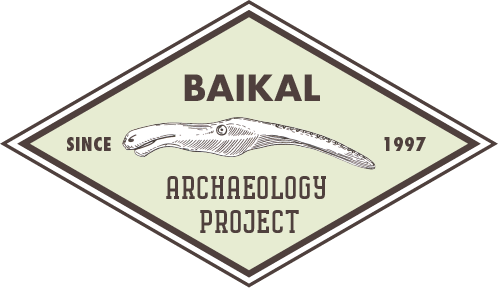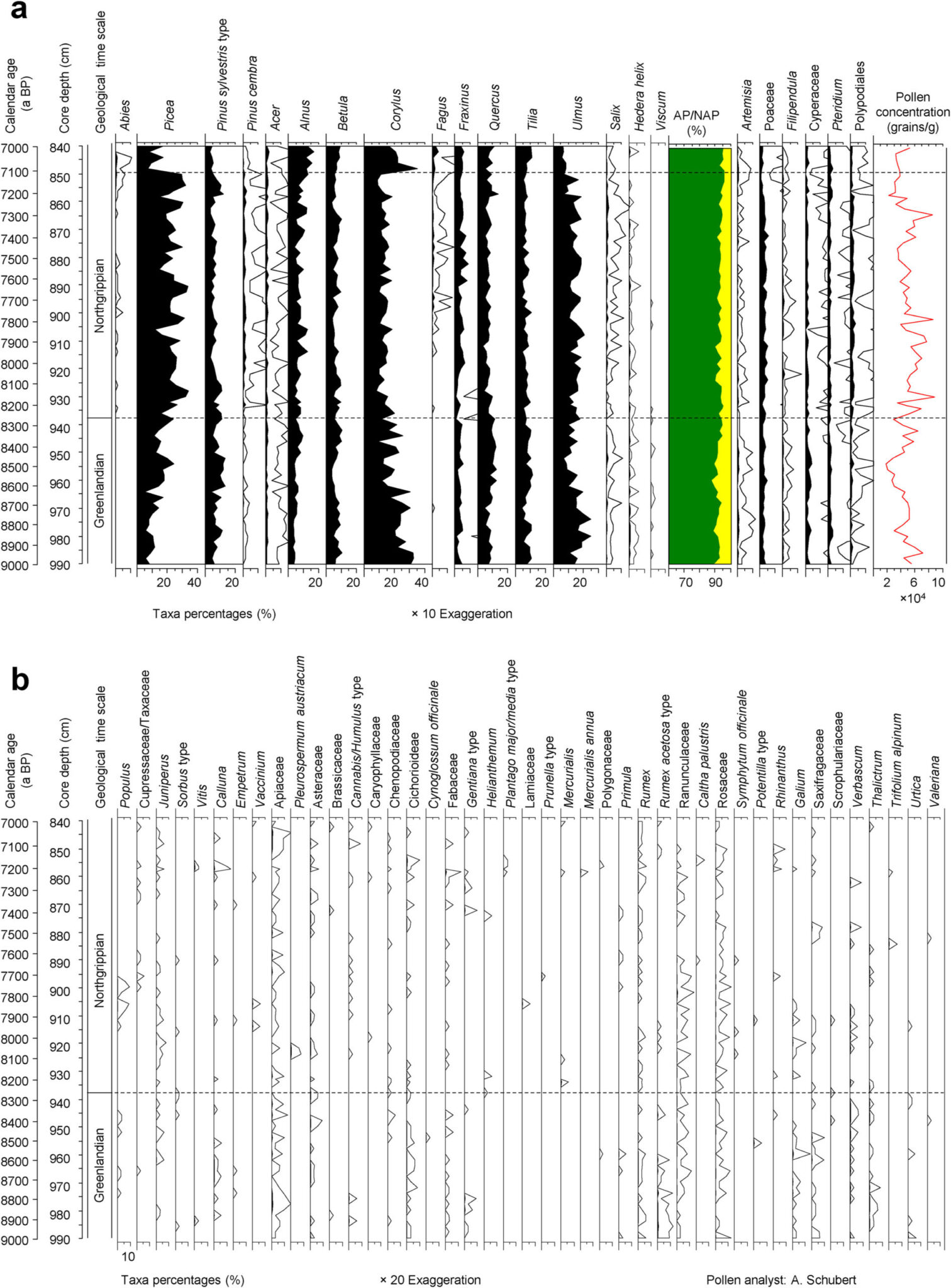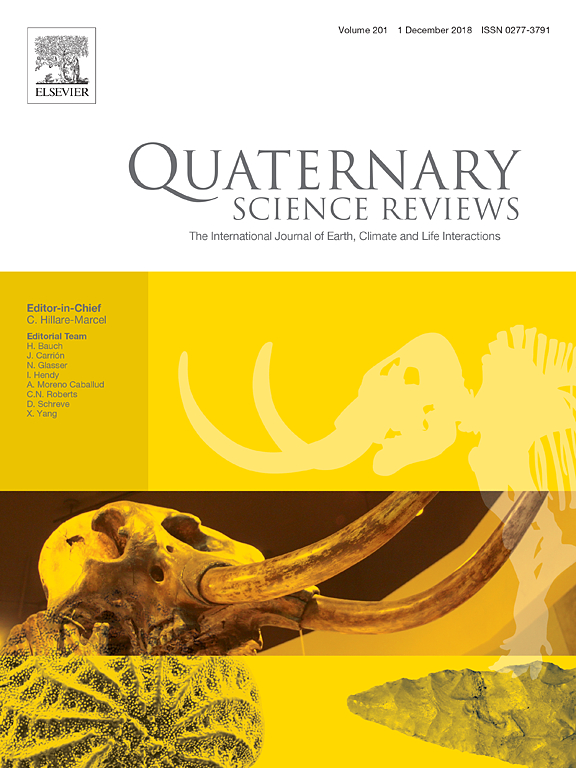Congratulations to Christian Leipe, Pavel Tarasov and co-authors on the recent publication of their article in Quaternary Science Reviews!
Title: Visible or not? Reflection of the 8.2 ka BP event and the Greenlandian–Northgrippian boundary in a new high-resolution pollen record from the varved sediments of Lake Mondsee, Austria
Authors: Anna Schubert, Stefan Lauterbach, Christian Leipe, Achim Brauer, Pavel E. Tarasov (15 May 2023) Quaternary Science Reviews.
Abstract:
This paper presents a new pollen record from Lake Mondsee in the north-eastern European Alps and discusses changes in vegetation composition between 9000 and 7000 a BP in response to the 8.2 ka BP cooling event, which is clearly reflected in a stable oxygen isotope record from the same lake. Pollen and microcharcoal analyses performed at bi-decadal resolution provide detailed insights into the vegetation history and fire regime in the study area. The late Greenlandian and early Northgrippian between ca. 9000 and 8000 a BP were mainly characterised by the gradual expansion of spruce, accompanied by the retreat of hazel. Results of the pollen-based biome reconstruction show that the Greenlandian–Northgrippian boundary at ca. 8280 a BP was marked by a shift in the affinity scores of regional forest biomes, reflecting a decreasing role of temperate broadleaved trees and shrubs and a strengthening of boreal conifers in the study area. During the early Northgrippian between ca. 8000 and 7000 a BP, fir and beech spread around Lake Mondsee, which is in line with other pollen records from the northern Alpine Foreland, indicating cooler and moister conditions. This long-term trend is likely a response to decreasing summer insolation (i.e. decreasing summer temperatures) and the weakening of the Siberian High, which promoted westerly-driven moisture transport from the Atlantic region. Visual inspection of the Lake Mondsee pollen data does not reveal a clear signal of the 8.2 ka BP event. However, biomization results show a distinct minimum in the temperate deciduous biome scores and summed scores of plant functional types representing warm-loving tree and shrub taxa at ca. 8165–8135 a BP.
Congratulations to Christian, Pavel and all co-authors!
Photo from article: FIGURE 3. Summary diagrams showing the relative abundance of representative arboreal pollen (AP), non-arboreal pollen (NAP) and spore taxa representing terrestrial vegetation in the analysed section of sediment core MO-05 from Lake Mondsee on depth and age scale (this study).



